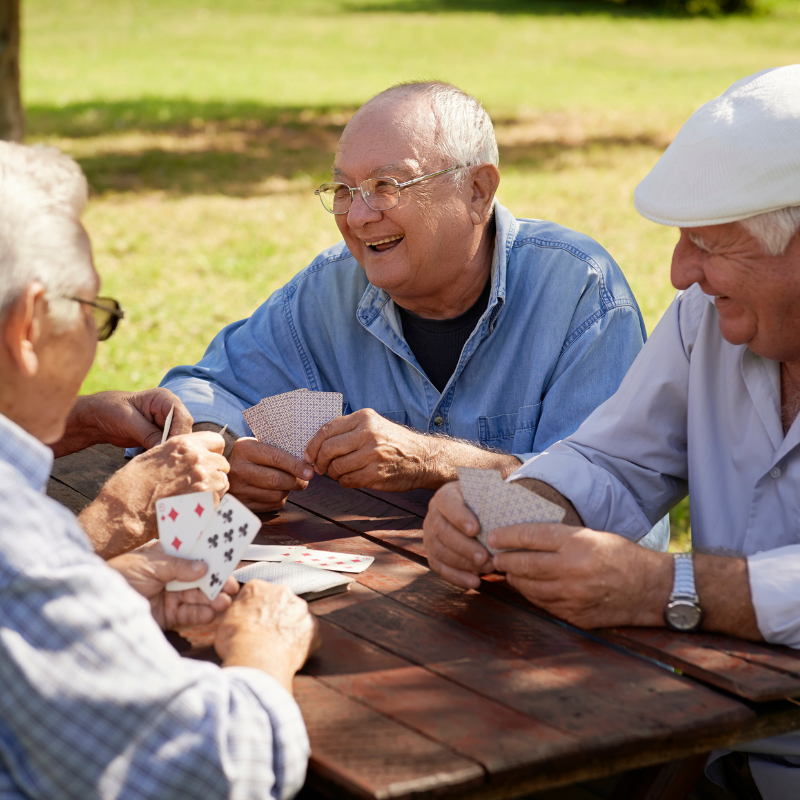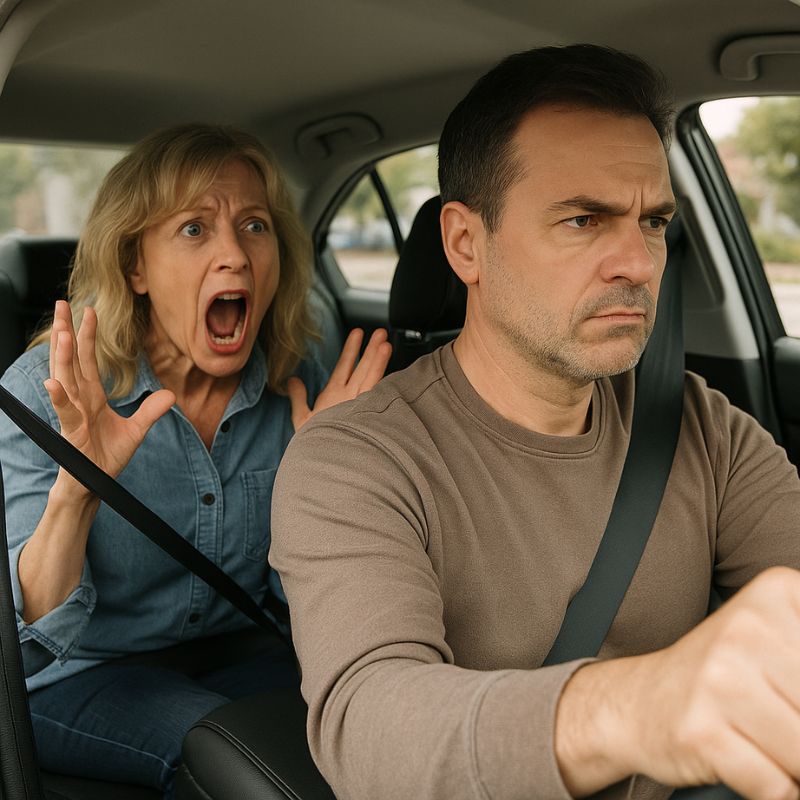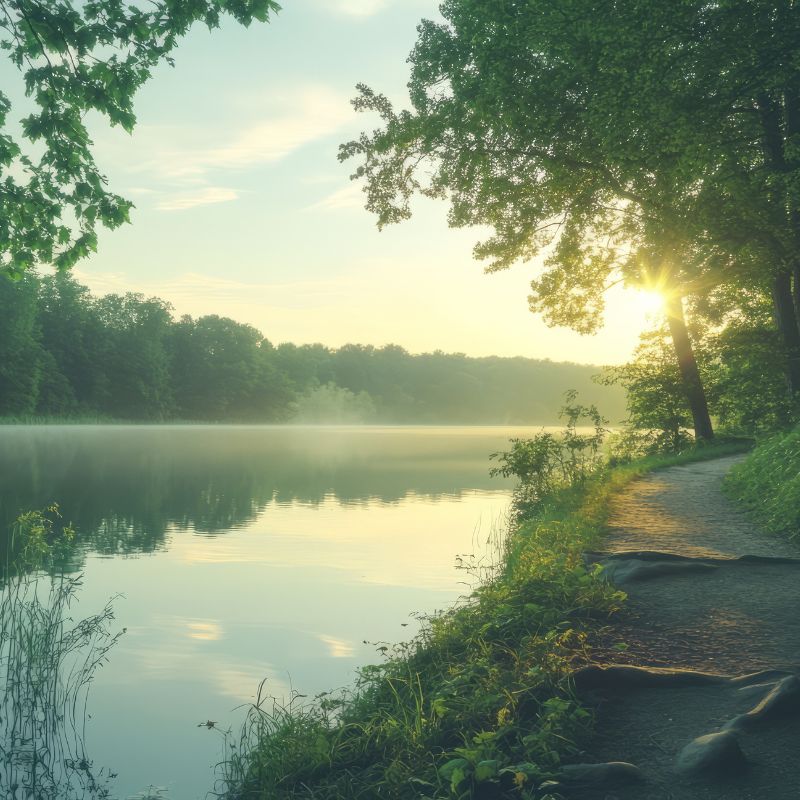At 73, it’s almost impossible not to feel the effects of an aging body. Joints break down, old injuries have a way of reminding you they’re still there, and long-term illnesses can seem to bleed away energy and enthusiasm for life. Yet, as I’ve written before, I’m living the everyday miracle of feeling as young as I did when I was a teenager.

That hasn’t always been my experience. In my sixties, I was so dragged down by physical pain from multiple sources that I was sure I was circling the drain. Though I’ve always had the sense I’d probably live to be quite old, given the physical effects of aging I was experiencing, I questioned whether or not I could endure living in this body for several more decades. I also questioned whether I wanted to go on living in a body that made me feel like a prisoner.
The experience of life I enjoy now makes it difficult for me to believe I ever felt that way. It would be easy to assume the shift must have been due to some miraculous cures along the way. That hasn’t been the case. Though I continue to do everything in my power to minimize the physical effects of an aging body, that body continues to remind me it’s not a teenager anymore. But I feel like one again.
Somewhere along the line, I was fortunate enough to see a clear difference between pain and suffering. Though we associate one with the other, they turn out to be completely separate issues. Pain is a signal your body is giving you. It means some part of you needs attention. Suffering is what your thinking tells you about the pain you’re feeling. It’s the commentary about the pain.
I used to spend a good deal of my time listening to this commentary. Of course, that got me exactly nothing, other than a really bad feeling. Believing that commentary was what transformed pain into suffering.
Now I know better than to give that sort of commentary even one iota of my attention. And because I pay so little attention to it, that commentary has nothing to feed on, and so stays mostly silent.
This means that even when I’m in a good deal of pain, I’ve found a way to have a good day. I want to be very clear about what that means, and doesn’t mean. It means the pain is in the background of my experience, not in the foreground. It doesn’t mean I’m ignoring the pain or trying to pretend it away. It doesn’t mean I’m using “positive thinking,” and it doesn’t mean I’m using any tricks or techniques.

In other words, I’m acknowledging the pain without giving it much of my attention, and most importantly, I’m not resisting the experience of pain I’m having at that moment. That dials the experience down from a hard-to-bear tragedy to an unpleasant experience, and I can deal with an unpleasant experience with my hands tied behind my back. I have no need to endure hard-to-bear tragedies. It makes life so much easier, which takes us back to the main point of feeling younger.
The bigger deal we make out of experiences like physical pain, the more we’re drained of the vitality we seemed to have in limitless supply when we were young. The truth is, that supply of vitality hasn’t really drained away, it’s just been displaced by a great deal of worrisome thinking, most of which isn’t even true. Vitality thrives in simplicity, and becomes starved when it’s weighed down with thinking that invariably makes life seem more complicated than it needs to be.
Here’s the miracle of it: the less seriously you take your thinking, the younger you’ll feel. Skeptical? I understand completely because so was I. But the only way you’ll get to experience this miracle is by giving it a try. You have nothing to lose, but you have the experience of feeling young to regain.
If you would like to know when The Slightly Older Person’s Guide to Graceful Aging comes out, please click here to put your name on the list. To read my other articles, click here.




